
Ship Aviation Label
Navigation aids are the abbreviation for navigational aids, which indicate the direction, boundaries, and obstacles of the waterway, including river crossing markers, coastal markers, navigation markers, transitional markers, head and tail navigation markers, side markers, left and right navigation markers, positioning markers, flood markers, and bridge and culvert markers. It is an artificial sign that helps guide ships in navigation, locate and mark obstacles, and indicate warnings.
Lamp language (light communication) is a universal language for communication between ships, widely used internationally. The term 'lantern language' has a long history. In the era when communication was not yet developed, lantern language played a crucial role in the field of navigation. Using the flicker frequency of lights to transmit information in binary Morse code can help crew members communicate with each other at a greater visual distance.
The signal lights of ships are divided into two types according to their purposes: navigation lights and general signal lights. The turning on and off time of traffic lights is generally based on the time limit of sunset and sunrise.
Ships need safety signs
A navigation mark that floats on the surface of the water. Anchor to the bottom of the water with anchor chains to fix the position. Buoys are widely used and their function is to indicate the range of navigation channels, indicate shallow waters or obstacles that endanger navigation safety. A buoy set up in waters that are navigable day and night, equipped with luminous lamps, is called a light buoy.
Buoys can be divided into offshore buoys and inland buoys according to the water area they are deployed in. The basic shapes of offshore buoys include tank shaped, conical, cylindrical, rod shaped, etc. Due to the influence of wind, waves, and tides, buoys have a certain range of float movement and cannot be used as markers for determining ship positions. If a flexible rod shaped buoy is used, its position will be accurate and it can be reset after being hit. Inland river buoys include drum shaped buoys, triangular buoys, rod shaped buoys, cross flow buoys, and left and right navigation buoys. The shape, color, top label, and light color of the buoy are made according to the prescribed standards and have certain meanings.
In 1971, the Technical Committee of the International Association of Navigational Aids classified various sea buoys into two systems, A and B. The A system is a combination of side signs (facing the port in red on the left) and directional signs; The B system is a side marker system (facing the port in red on the right). The 10th International Navigation Standards Conference in 1980 merged the A and B systems into a unified system, including five types of signs: side signs, directional signs, isolated dangerous goods signs, safe water area signs, and special signs. The side signs indicate opposite content in systems A and B, while the other four signs are consistent. Directional markers are set up in the four quadrants of the true azimuth, northwest to northeast, northeast to southeast, southeast to southwest, and southwest to northwest, centered around dangerous objects or hazardous areas. They respectively indicate the north, east, south, and west positions, and mark the navigable waters on the same named side of the directional markers. The isolated dangerous goods sign is placed on the dangerous goods or as close as possible to the dangerous goods, indicating that the ship should avoid navigation. The safety water area sign is located in the center or centerline of the waterway, and all areas around the sign are navigable. Special signs are used to indicate a specific water area or feature, such as quarantine anchorages, restricted areas, offshore operations, etc.
European countries, African countries, and the Gulf region, as well as some Asian countries and Australia and New Zealand, adopt the A system, known as the A region; The countries in the Americas, Japan, South Korea, and the Philippines adopt the B system, known as the B region. China adopts the A system. How much to put? I couldn't find it. I'm not sure why you put the floating marker ball on the sea
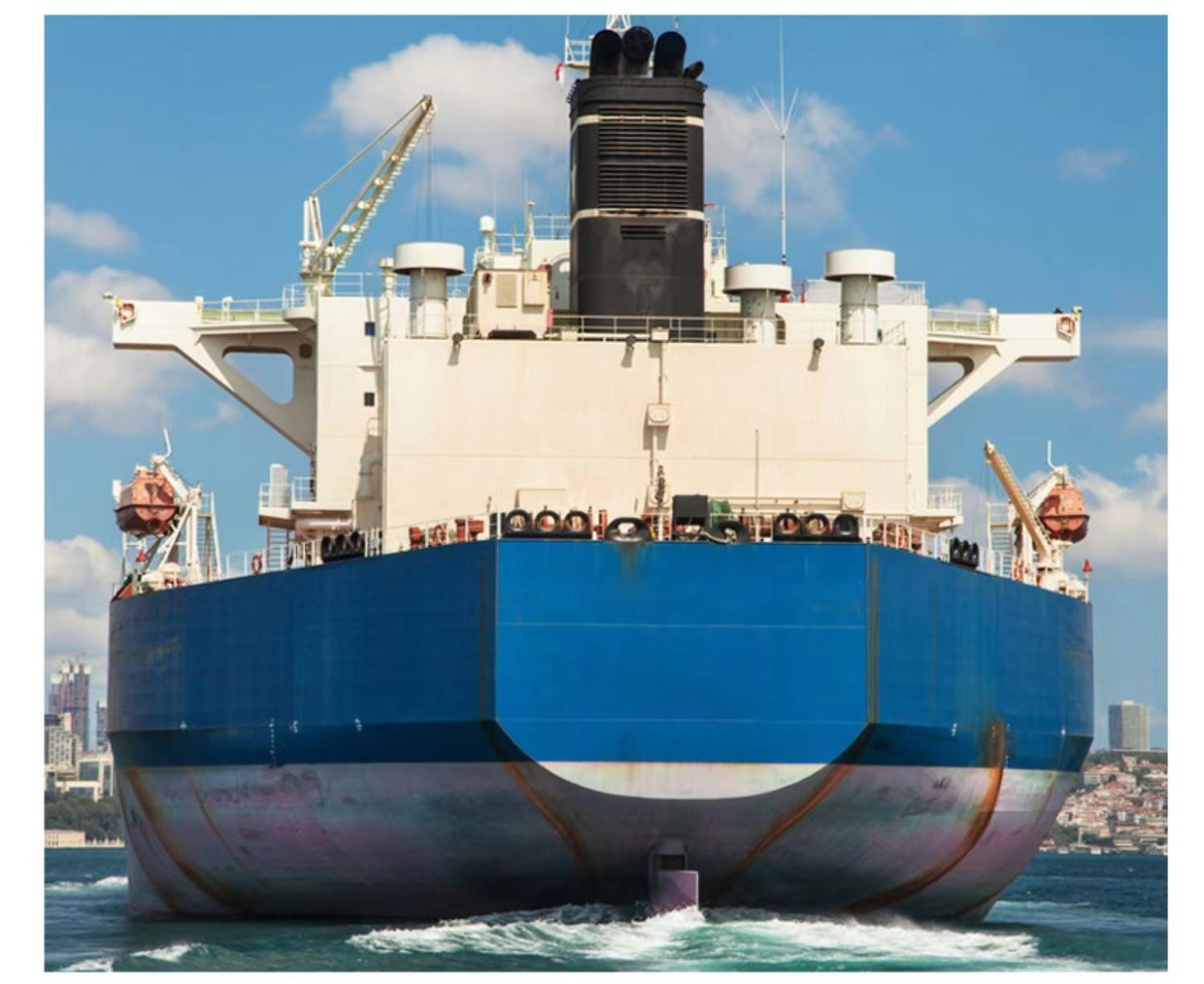
Ship communication cable label
Marine communication cable is a type of marine cable used for signal transmission and control systems in various ship communication, electronic computers, and information processing equipment. The rapid development of China's shipbuilding industry has brought new opportunities for the development of ship supporting manufacturers, and undoubtedly provided a broad market for the manufacturing of ship cable identification. On the basis of manufacturing traditional heat shrink identification tubes, OwnLikes has increased its research efforts on the requirements for the use of marine cable identification and achieved a good market share. In order to better meet the demand, OwnLikes has developed a series of cable identification products! And maintain a unique 'permanent identity'!
The national standard IEC 60092-376 requires marine communication cables to have strong resistance to voltage surges, low signal transmission attenuation, good shielding, strong anti-interference ability, and stable and reliable signal transmission; The long-term working temperature of cables is -30 ℃ to 90 ℃, and cables with extremely high density bring great identification problems to engineering construction. Therefore, cable identification is extremely important! However, ordinary cable identification accessories cannot meet the long-term use of cables in the same harsh environment. Ordinary cable labels can only meet the basic environmental labeling requirements. Once there is external damage and interference, the service life will be greatly reduced!
Electronic manufacturing label
Nowadays, there are more and more applications of electronic mobile devices and electronic products, so the demand for electronic product labels is also increasing. There are also many types of electronic product label designs. Below are the electronic product labels introduced by OwnLikes editor. With the development of technology and the increase of electronic products, the widespread application of electronic tags is an inevitable trend.
The layout and text of traditional electronic product labels are mainly explained by text and numbers, or accompanied by simple LOGO logos. The colors are mostly single black or spot colors, with small size and strong practicality. The printing methods mostly use screen printing and embossing technology. In order not to affect the aesthetics of the product, such electronic product labels are often attached to the back or inconspicuous areas of the product. In recent years, the prosperous development of the electronic and electrical industry has also driven the continuous growth of demand for electronic product labels. At the same time, with the popularization and development of label printing technology, the market's attention to electronic product labels is also increasing, and color, multifunctional electronic product labels are gradually being promoted and used.
We offer comprehensive technical support, including free professional labeling solutions, advice on label materials and adhesive selection, as well as online/offline assistance from professional software and hardware engineers. Service email: andy@ownlikes.cn. In pre-sales, we leverage our extensive experience in specialty labeling projects to provide clients with the most suitable hardware solutions. Additionally, all our label barcode printers and scanners come with a three-year free warranty, demonstrating our confidence in our products.


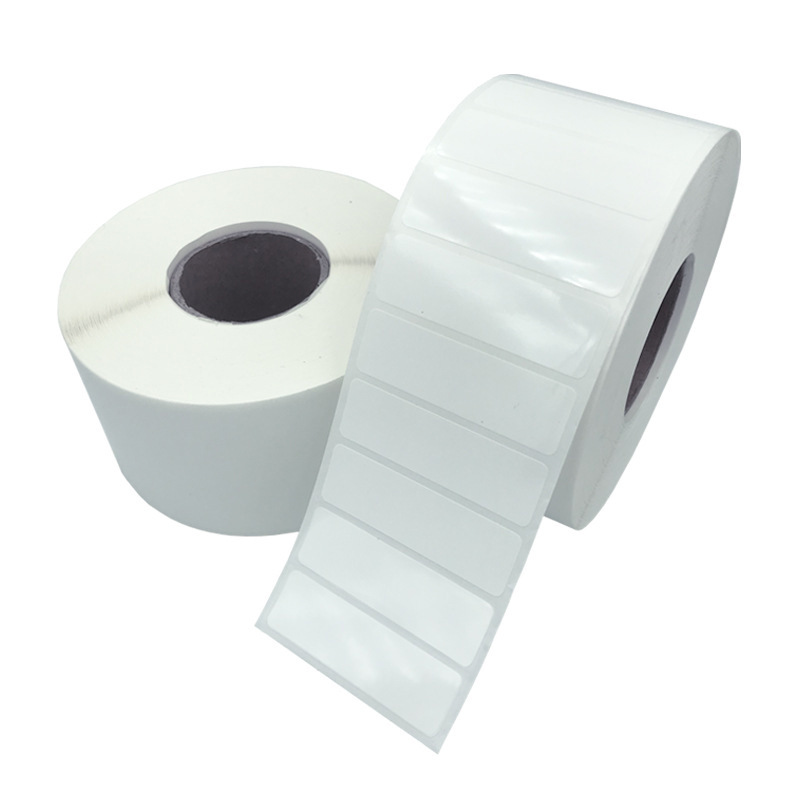
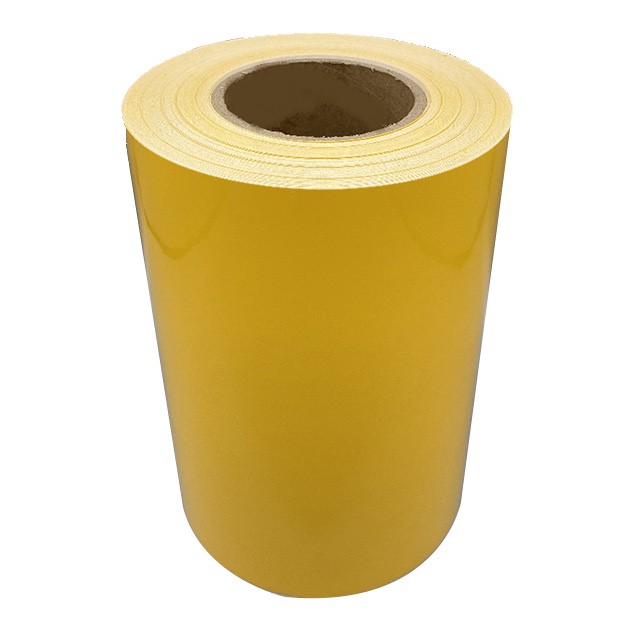
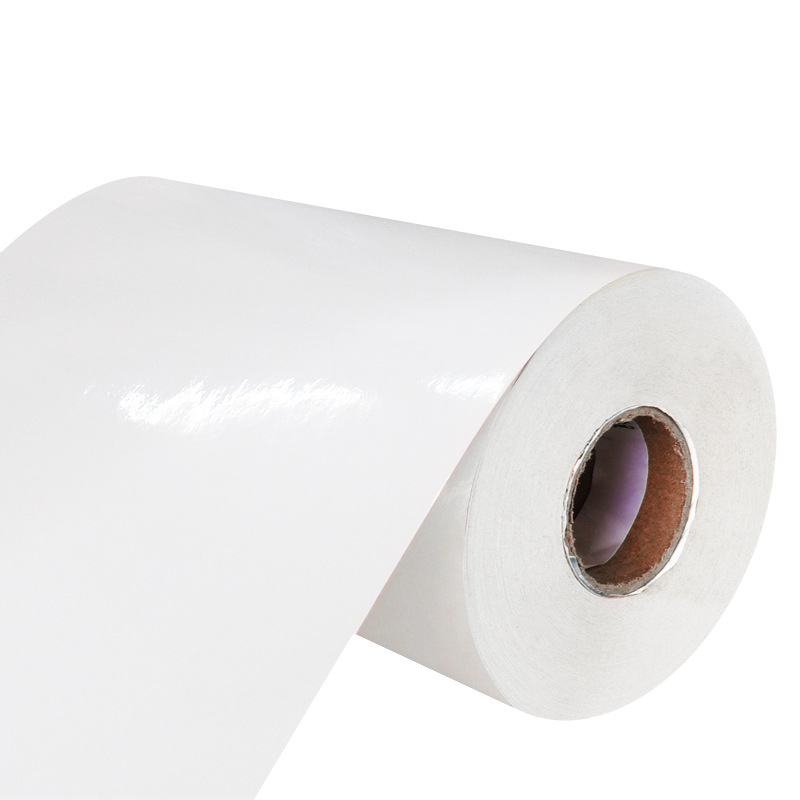
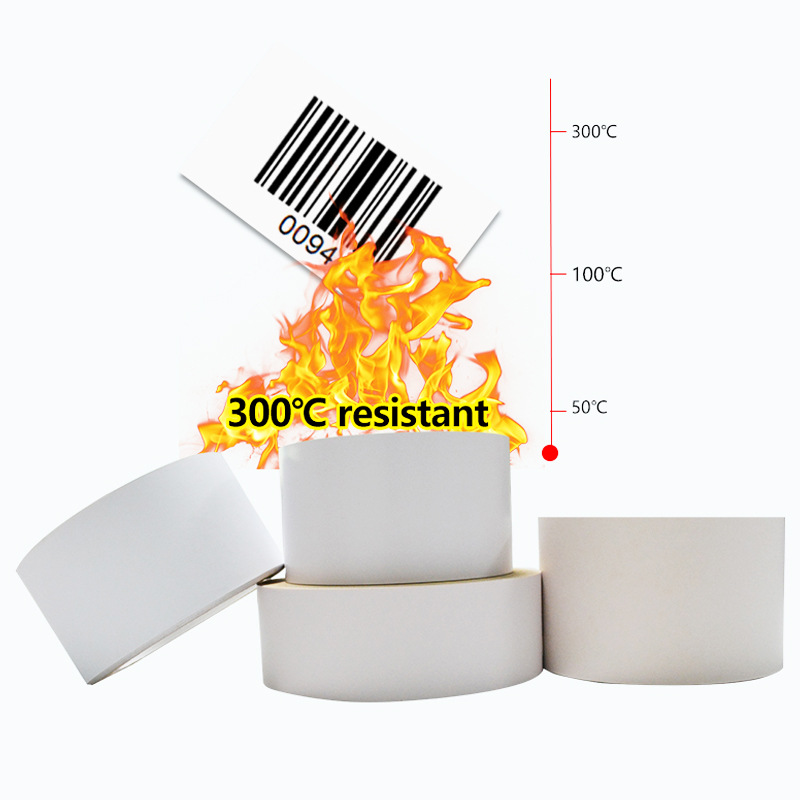
This site is protected by reCAPTCHA and the Google Privacy Policy and Terms of Service apply.